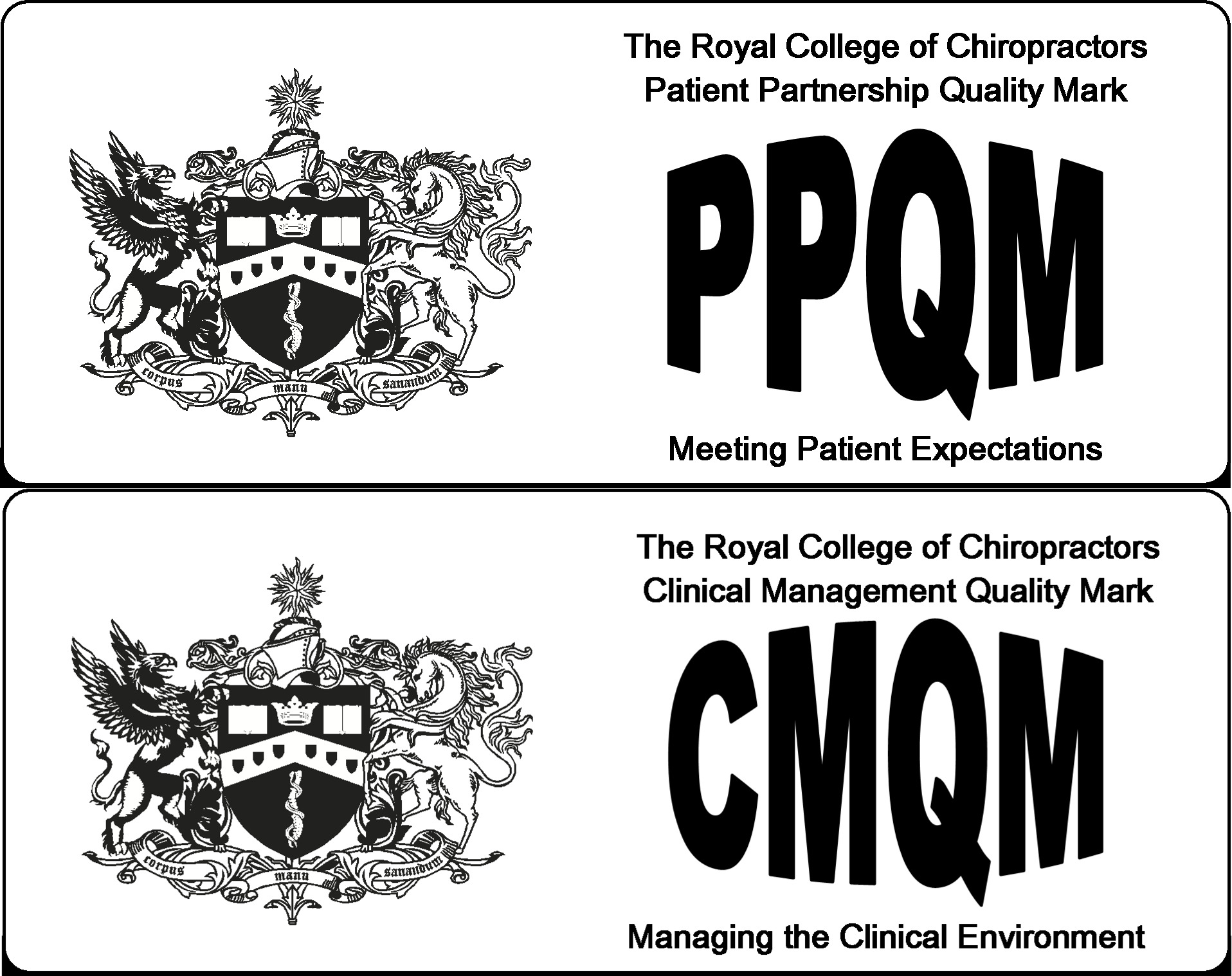Welcome to the Amersham Chiropractic Centre blog. Today, we delve into the world of chiropractic care, exploring the diverse range of chiropractic techniques and their applications. As a chiropractor in the UK, my aim is to provide you with a scientific perspective on the subject. Let’s journey together through the fascinating landscape of the different kinds of chiropractic techniques and what they treat.
Firstly, What Is Chiropractic?
Chiropractic care is a healthcare discipline that focuses on the diagnosis, treatment, and prevention of musculoskeletal disorders. It is founded on the principle that the body has an innate ability to heal itself, and chiropractors work to facilitate this natural healing process. This means that chiropractic care is completely safe, non-invasive, and drug-free.
Chiropractors use a variety of techniques and methods to address issues related to the spine, joints, and nervous system.
Table of Contents
- Firstly, What Is Chiropractic?
- What Can Chiropractic Care Treat?
- Different Kinds of Chiropractic Techniques
- What Are Chiropractic Adjustments?
- Different Kinds Of Chiropractic Adjustments & What They Treat
- Do Different Chiropractors Have Differences In Chiropractic Methods?
- Why Amersham Chiropractic Centre Is The Best Chiropractic Clinic Near You
- Conclusion
What Can Chiropractic Care Treat?
Chiropractic care is well-regarded for its efficacy in addressing various health concerns, such as:
- Back Pain: Chiropractic care is renowned for its effectiveness in treating back pain. Whether it’s due to muscle strain, herniated discs, or poor posture, chiropractors can employ various techniques to alleviate discomfort and enhance spinal alignment.
- Neck Pain: Neck pain can result from a variety of factors, including poor ergonomics, muscle tension, or misalignment of the cervical spine. Chiropractic adjustments can help alleviate neck pain by addressing the root causes of the discomfort.
- Headaches: Certain types of headaches, particularly tension headaches and those caused by cervical spine issues, can be effectively managed through chiropractic care. Chiropractors can perform adjustments to release tension and improve blood flow, reducing the frequency and severity of headaches.
- Joint Pain: Chiropractic care is not limited to the spine; it can also address joint pain in various parts of the body. Whether it’s in the shoulders, hips, knees, or other joints, chiropractic adjustments can help improve mobility and reduce discomfort.
- Sciatica: Sciatica, a condition characterized by pain radiating down the sciatic nerve, can be debilitating. Chiropractic care can be particularly beneficial in these cases by addressing the underlying spinal issues that contribute to sciatic nerve compression.
- Sports Injuries: Athletes often experience musculoskeletal injuries due to the physical demands of their sports. Chiropractic care provides a drug-free approach to managing and preventing sports-related injuries. It can also aid in the rehabilitation process, helping athletes return to peak performance.
- Pregnancy-Related Discomfort: Pregnancy can bring about various musculoskeletal discomforts, including lower back pain and pelvic pain. Chiropractic care, specifically techniques like the Webster Technique, can help alleviate these issues and improve the overall well-being of expectant mothers.
- Arthritis Symptoms: While chiropractic care doesn’t treat arthritis itself, it can help manage the symptoms associated with arthritis. By improving joint mobility, reducing inflammation, and alleviating pain, chiropractic adjustments can enhance the quality of life for arthritis sufferers.
- Digestive Disorders: Some chiropractors employ techniques like Sacro-Occipital Technique (SOT) to address pelvic misalignments that may contribute to digestive issues. By restoring proper pelvic balance, these techniques can have a positive impact on digestion.
- Overall Well-Being: Chiropractic care is not solely about treating specific conditions. Regular adjustments can contribute to overall well-being by maintaining spinal health, improving nervous system function, and promoting the body’s ability to heal itself. Patients often report feeling more energetic and experiencing better sleep after chiropractic care.
Different Kinds of Chiropractic Techniques
Chiropractors are trained to provide holistic, patient-centered healthcare. To address a broad spectrum of health concerns, they employ an array of therapeutic modalities. Here are some of the different ways chiropractors can treat you:
- Chiropractic Adjustments: The cornerstone of chiropractic care, adjustments involve the manual manipulation of the spine and joints to correct misalignments and improve overall function. This technique is especially effective for addressing back pain, neck pain, and various musculoskeletal issues.
- Massage Therapy: Chiropractors may incorporate massage therapy into their treatment plans. This hands-on approach helps to relax muscles, reduce tension, and enhance circulation. It can complement chiropractic adjustments, contributing to pain relief and improved mobility.
- Exercise and Stretching: Chiropractors often prescribe specific exercises and stretches tailored to your condition. These exercises can strengthen supportive muscles, improve flexibility, and aid in the recovery process.
- Rehabilitation: For patients recovering from injuries or surgeries, chiropractors can develop rehabilitation programs. These programs are designed to promote healing, restore function, and prevent future injuries.
- Soft Tissue Therapy: Chiropractors are skilled in various soft tissue techniques, such as myofascial release and trigger point therapy. These methods focus on alleviating muscle tension, reducing pain, and improving range of motion.
- Dietary and Lifestyle Advice: Chiropractors understand the importance of nutrition and lifestyle in overall health. They can provide guidance on dietary choices, supplementation, and lifestyle modifications to support your well-being.
- Posture Correction: Poor posture can contribute to various health issues, including back and neck pain. Chiropractors can evaluate your posture and provide guidance on how to improve it through ergonomic adjustments and exercises.
- Stress Management: Chiropractors recognize the impact of stress on physical health. They may suggest relaxation techniques and stress management strategies to enhance your overall quality of life.
By offering these diverse treatment options, chiropractors aim to address not only the symptoms but also the underlying causes of health issues. This comprehensive approach empowers patients to achieve better health and maintain their well-being over the long term.
What Are Chiropractic Adjustments?
Chiropractic adjustments, also known as spinal manipulations, are at the core of chiropractic care. These adjustments involve the manual manipulation of the spine or joints to restore alignment, relieve pain, and improve overall functionality. Chiropractors apply controlled, sudden force to a specific joint, aiming to reduce pain and enhance mobility.
Different Kinds Of Chiropractic Adjustments & What They Treat
Now that you know what chiropractic adjustments are, let’s look at the different kinds of chiropractic adjustments and what they treat:
1. Diversified Technique
The Diversified Technique is one of the most commonly used chiropractic adjustments. It involves manual spinal adjustments where the chiropractor uses their hands to apply a controlled, rapid thrust to a specific joint. This adjustment aims to improve joint mobility, alleviate pain, and optimize the function of the spine and related structures.
Treats: This technique is versatile and effective for various musculoskeletal issues. Chiropractors commonly use the Diversified Technique to address back and neck pain, improve spinal alignment, enhance mobility, and restore overall musculoskeletal health.
2. Gonstead Technique
The Gonstead Technique is renowned for its precision. Chiropractors employing this method meticulously evaluate the spine through X-rays and palpation. Adjustments are made using a specific hand placement and a swift thrust to targeted spinal segments.
Treats: This precise technique is particularly effective for conditions like herniated discs, arthritis, hip pain, and other complex spinal issues. It seeks to optimize spinal function and alleviate discomfort in specific problem areas.
3. Thompson Drop Technique
The Thompson Drop Technique employs a specialized drop table designed with sections that can be adjusted. Patients lie face down on the table, and the chiropractor performs adjustments by applying a low-force thrust. The table drops slightly under the patient, allowing for a gentle, controlled adjustment.
Treats: This technique is ideal for individuals with leg length discrepancies and those requiring adjustments to improve spinal alignment and address issues related to leg length inequality.
4. Activator Method
The Activator Method is known for its gentle, low-force adjustments. Chiropractors use a handheld instrument called the Activator Adjusting Instrument to deliver precise impulses to targeted spinal segments. This technique aims to restore proper alignment without the need for manual thrusts.
Treats: The Activator Method is commonly employed to address conditions such as headaches and lower back pain. It is well-suited for patients who prefer gentler adjustments and is particularly effective for certain musculoskeletal issues.
5. Cox Flexion-Distraction
The Cox Flexion-Distraction technique involves the use of a specialized table that can flex and distract the spine in a controlled manner. The chiropractor applies manual thrusts while the patient lies face down on this table.
Treats: This technique is primarily used for treating conditions like herniated discs and spinal stenosis. The controlled flexion and distraction help relieve pressure on the affected spinal structures, promoting pain relief and improved function.
6. Logan Basic Technique
The Logan Basic Technique involves gentle pressure applied to the sacrum, the triangular bone at the base of the spine. The aim is to restore proper sacral alignment and improve overall spinal balance.
Treats: This technique primarily targets sacral subluxations and related issues. By addressing these specific problems, it contributes to better spinal health and musculoskeletal function.
7. Sacro-Occipital Technique (SOT)
SOT is a comprehensive chiropractic approach that involves various techniques and assessments. These may include adjusting the sacrum, using pelvic blocks, and employing specific therapeutic protocols.
Treats: SOT is used to address a range of health problems related to pelvic and organ function. Chiropractors skilled in SOT may utilize this technique to help patients with issues such as digestive disorders, chronic pain, and postural problems.
8. Applied Kinesiology
Applied Kinesiology is a holistic approach to chiropractic care that involves assessing muscle function. Chiropractors using this technique evaluate specific muscles for signs of dysfunction or weakness. Muscle testing is an integral part of this approach.
Treats: By evaluating muscle function, chiropractors can identify areas of dysfunction and treat them effectively. Applied Kinesiology is used to address a wide range of health issues, as it aims to optimize the body’s overall function and balance.
9. Graston Technique
The Graston Technique focuses on soft tissue injuries. Chiropractors use specialized instruments with rounded edges to apply controlled pressure to areas with soft tissue restrictions. This technique is often used in conjunction with other chiropractic adjustments.
Treats: The Graston Technique is effective for treating conditions like tennis elbow, plantar fasciitis, and other soft tissue injuries. It helps break down scar tissue and adhesions, promoting tissue healing and pain relief.
10. Webster Technique
The Webster Technique is particularly popular among pregnant women. Chiropractors employing this technique aim to restore pelvic balance during pregnancy. It involves specific adjustments to address sacral subluxations and ligament tension.
Treats: The Webster Technique is specifically designed to help pregnant women by optimizing pelvic balance. It may assist in reducing discomfort during pregnancy and may contribute to a smoother and more comfortable birthing process.
Do Different Chiropractors Have Differences In Chiropractic Methods?
Indeed, chiropractors may vary in their preferences and expertise regarding chiropractic techniques. These differences can stem from their training, experiences, or particular areas of specialization. Yet, all registered chiropractors in the UK adhere to the standards set by the General Chiropractic Council to ensure the safety and effectiveness of the care they provide.
Why Amersham Chiropractic Centre Is The Best Chiropractic Clinic Near You
At Amersham Chiropractic Centre, our team of chiropractors is dedicated to delivering personalized care that aligns with the highest professional standards. We focus on combining clinical expertise with a patient-centered approach, ensuring that our patients receive the best care tailored to their unique needs. Our reputation within the Amersham community reflects the trust and confidence our patients place in us.
Conclusion
Chiropractic care offers a spectrum of techniques and adjustments that can effectively address a wide array of musculoskeletal issues. These methods, coupled with the expertise of chiropractors, provide patients with a holistic and drug-free approach to healing. We hope this journey through the world of chiropractic care has shed light on the diversity of techniques at your disposal.
Remember, at Amersham Chiropractic Centre, we’re here to support your health and well-being. Contact us today to experience the benefits of chiropractic care.
FAQs
What are the different methods of chiropractic therapy?
Chiropractic therapy encompasses a variety of techniques tailored to individual patient needs. Common methods include spinal adjustments, soft tissue therapy, exercise and stretching programs, rehabilitation, and dietary and lifestyle advice. These techniques aim to address musculoskeletal issues and promote overall well-being.
Can a chiropractor adjust your whole body?
Yes, chiropractors can adjust various parts of the body. While spinal adjustments are most common, chiropractors are trained to address joints in the extremities, like the knees, shoulders, and wrists. The choice of adjustment depends on the patient’s specific needs.
How many chiropractic techniques are there?
There are numerous chiropractic techniques, each designed to treat specific conditions or suit patient preferences. Some common techniques include the Diversified Technique, Gonstead Technique, Activator Method, Cox Flexion-Distraction, and more. The exact number of techniques can vary, as new ones may be developed over time.
What is a red flag in chiropractic?
A red flag in chiropractic is any practice that raises concerns about the safety and efficacy of chiropractic care. These may include unethical conduct, a lack of proper qualifications, overpromising results, or not performing a thorough evaluation of a patient’s condition. Patients should be cautious when encountering any such red flags and seek care from reputable, registered chiropractors.
How many times can you get adjusted by a chiropractor?
The frequency of chiropractic adjustments depends on the patient’s condition and their chiropractor’s recommendations. Initially, more frequent adjustments might be required to address acute issues, but as the patient improves, adjustments may become less frequent. Ultimately, the number of adjustments needed varies from person to person and their specific health goals. Chiropractors work with patients to create individualized treatment plans.





